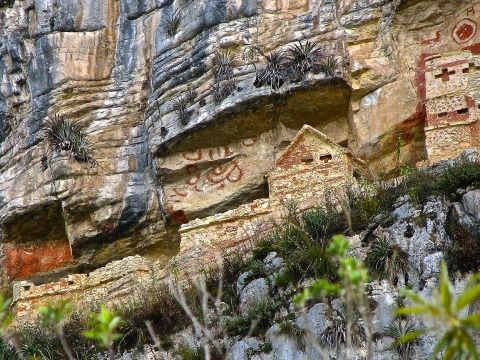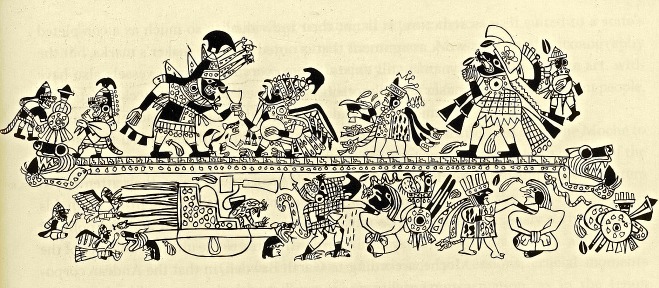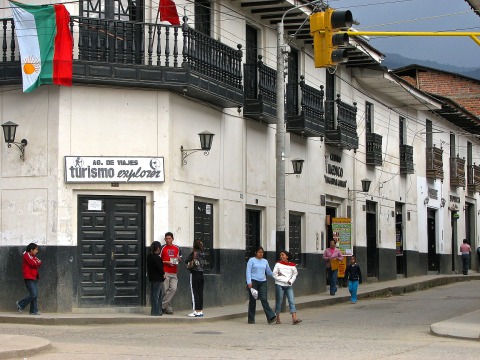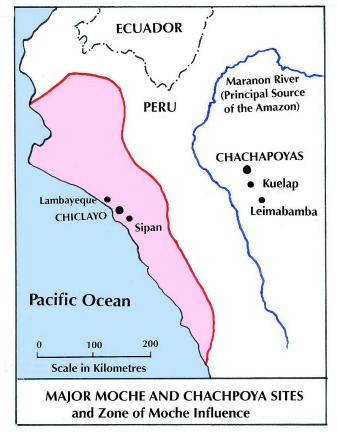 |
CULTURES IN CONTEXT PERU The Incas and Prehistoric Cultures I. INTRODUCTION |

001. The Inca civilization is the best known of Peruvian cultures and Machu Picchu (built in the 15th century and later abandoned) would be its most famous archaeological asset. However, the Empire of the Incas was preceded by a host of other cultures, the earliest of which date from between 6,000 and 1,000 years BCE (before the common or present era.) |

002. The term “prehistoric” refers to the period of human history before the invention of writing systems that provided records of events. This, in practice, has meant the inscription of symbols comparable to the letters of an alphabet, on paper of some sort, animal skins, woven textiles, or stone. Before such “alphabets” were developed, pictorial images recording significant events or beliefs might be carved into rock surfaces, woven into cloth, or painted on pottery to produce historical storyboards. The only written accounts of Inca history come from the chronicles of men who lived for at least part of their lives in Spain, having been born of the union of Inca princesses and Spanish conquistadors (Prehistoric mausoleum defaced by the scribbles of “modern” vandals.) |

003. This Moche pictograph shows a sacrificial ceremony in which the victim’s blood is taken (lower level on the right) and offered to the Lord of Sipan (upper, second from left) with the Priestess (top right of centre) in attendance. In Moche pictographs the ritual unfolds counter-clockwise: and they reinforce social inequity, with clear victims and victors, and higher planes for more important people. (From “Art of the Andes” by Rebecca Stone-Miller.) |

004. The arrival of the Spanish and the subsequent collapse of the Inca Empire marked an abrupt transformation from “Prehistoric” to “Modern” in Peru, from indigenous to Hispanic. The event brought with it dramatic changes in the way of life of those who had lived there prior to colonization. (Town of Chachapoyas today.) |

005. Archaeological research continues to uncover evidence of earlier ways of life. None of these cultures is as well known as that of the Incas, but some have been explored at length and provide a wealth of archaeological material illustrating ways of life then … like the Moche (otherwise known as the Mochica) and the Chachapoya. …one at home in the desert, the other in the forest. |
![]()
![]()
Text and photos by John Tyman
Intended for Educational Use Only.
Contact Dr. John Tyman at johntyman2@gmail.com
for information regarding public or commercial
use.
![]()
www.hillmanweb.com
Photo processing, Web page layout, formatting
and hosting by
William
Hillman ~ Brandon, Manitoba ~ Canada